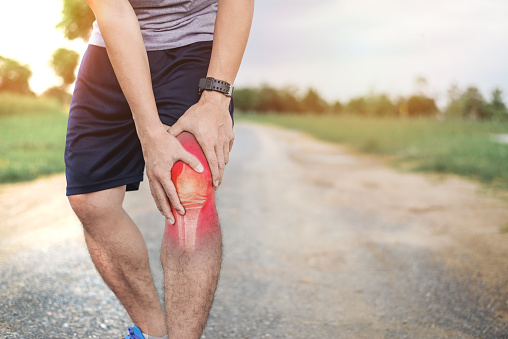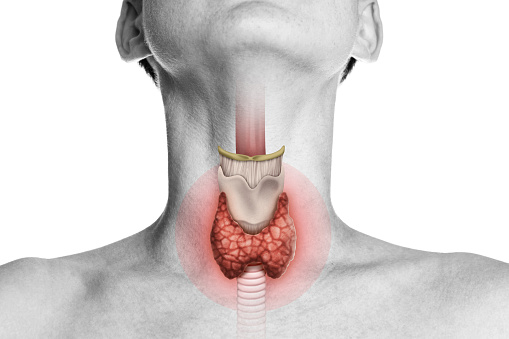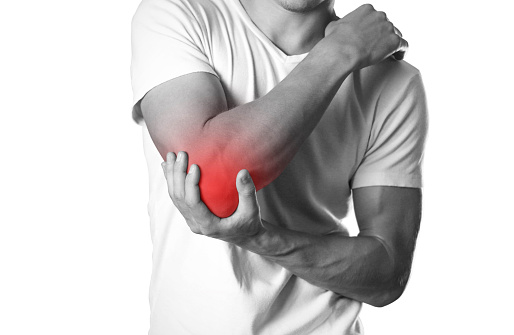Pathophysiology is one of my favourite things to research. This type of research looks into the details of exactly how processes in the body happen, down to the tiniest details. The reason I love this so much is because if I understand the HOW, I can figure out how to treat it. So the following is really science heavy, but I think it’s important to understand how pain happens and then we can figure out what is most likely to work or why some treatments didn’t work.
The perception of pain is a function of the nervous system, which also detects touch, proprioception (where your body is in space), and thermal (hot and cold). The sensory nerve endings that detect pain are called “nociceptors” and different kinds of these receptors can detect mechanical/pressure, thermal, or chemical stimuli. Therefore we can have different combinations of these three types of pain that result in different types of pain sensations. On top of this, the activity of these nociceptors are further influenced by different pain chemicals.
So you can see how pain is a complicated sensation that is governed by many, many pathways. One of the pathways that gets the most attention is the prostaglandin pathway. This is where arachidonic acid (an inflammatory fatty acid) gets turned into prostaglandin (a pain chemical) by the COX enzymes. It’s this pathway that is targeted by NSAIDs or non-steroidal anti-inflammatories, one of the most common pain drugs, otherwise known as the anti-inflammatory and anti-fever drugs aspirin, ibuprofen, naproxen and nabumetone. These drugs have no effect on pain thresholds, but only have an effect on abnormal pain signals from inflammatory conditions.






